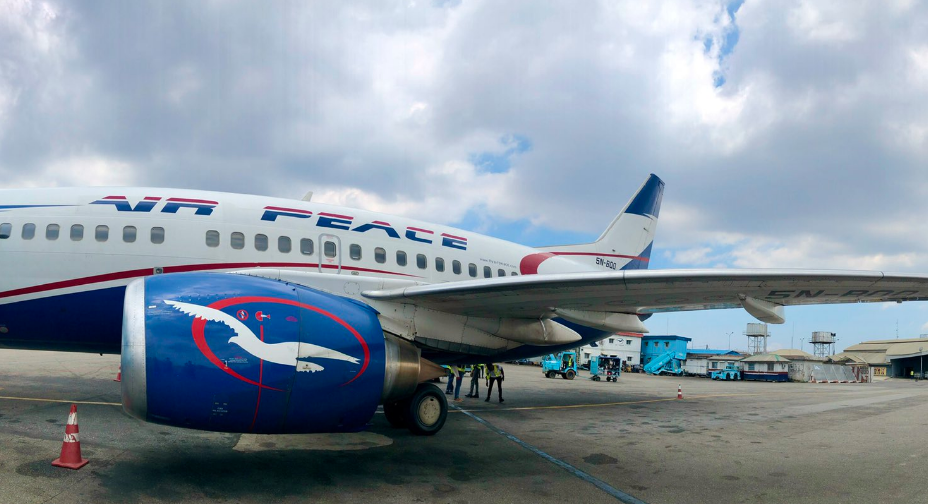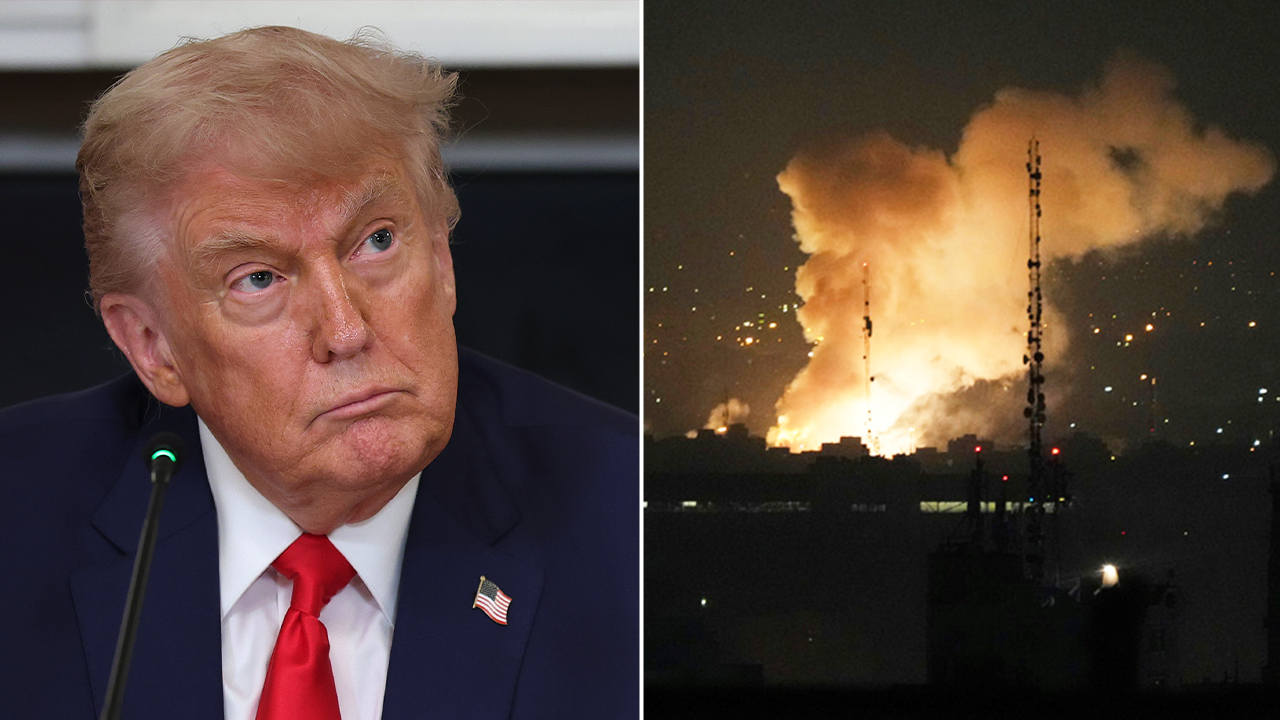The US struck several key Iranian nuclear facilities early Sunday, including Fordow, Natanz and Isfahan. During an address at the White House, US President Donald Trump claimed the sites were “totally obliterated” and warned the US could go after additional targets if Iran does not make peace.
• American B-2 bombers were used in the strikes, and sources said the US also utilized a 30,000-pound “bunker buster” bomb. It’s the first known instance of the bomb being used operationally.
• Iranian officials are downplaying the impact of the strikes, with one lawmaker saying they were “superficial” and did not seriously damage Fordow. Iranian leaders have warned the attack will have “everlasting consequences,” and requested an emergency meeting of the UN Security Council. There has not yet been an official response from Supreme Leader Ayatollah Ali Khamenei.
The Israel-Iran conflict hasentered its second week, with both sides still trading strikes. After the US strikes, Israel’s military said Iran fired a fresh wave of missiles toward the country.




















